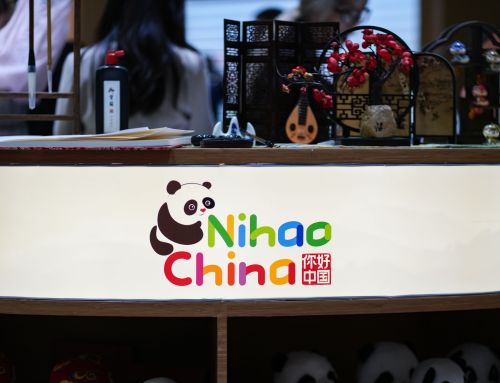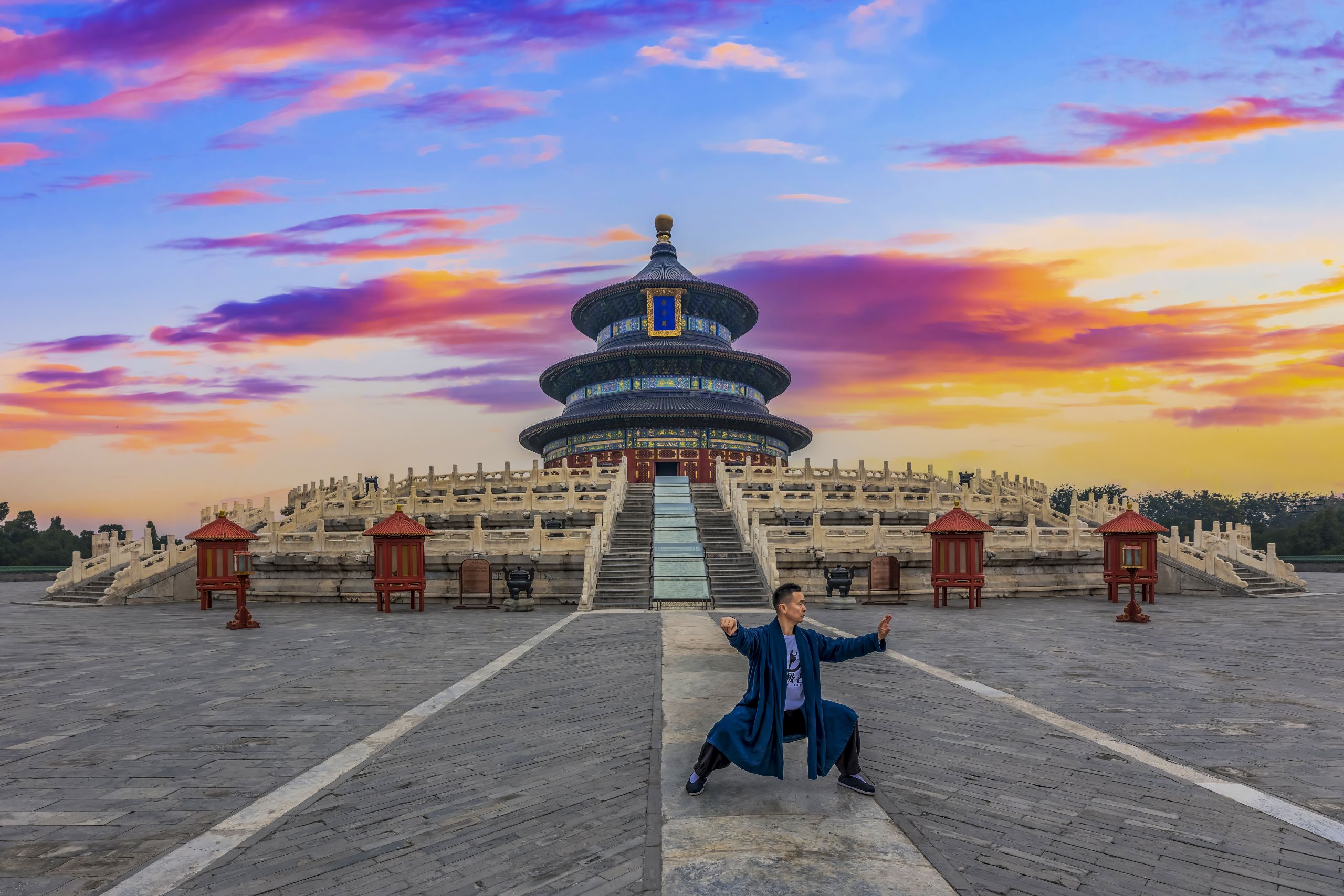
World Travel Market 2025: Wandering in China and Read the Beauty of Chinese Culture
(Source: Nouvelles d’Europe)
At the 2025 World Travel Market in London, China’s exhibition presence spans a remarkable geographical breadth and cultural diversity. From Beijing and Shanghai to Shaanxi, Henan, Shanxi and Hubei, these cultural heartlands together paint a sweeping panorama of Chinese civilisation—where history meets modernity, nature blends with humanity, and enduring Eastern traditions engage in dialogue with the world.
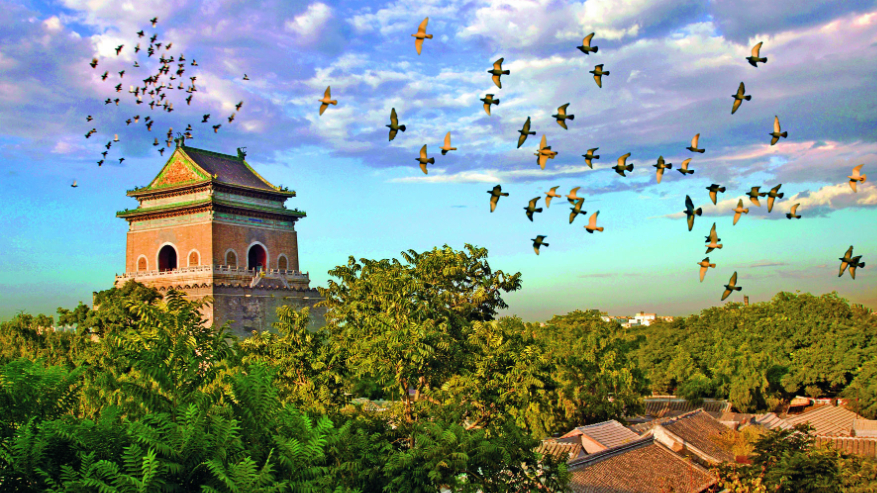
Beijing: A New Beijing for Global Travellers
Once the capital of six dynasties, Beijing boasts over 3,000 years of urban history and more than 860 years as an imperial capital. This ancient city gathers the essence of China’s rich culture and arts, preserving countless historical landmarks and cultural treasures. On 21 October, National Geographic announced Beijing as one of its “25 Best Travel Destinations for 2026”. On 27 July 2024, the “Beijing Central Axis: A Building Ensemble Exhibiting the Ideal Order of the Chinese Capital” was officially inscribed on the UNESCO World Heritage List, becoming the city’s eighth World Heritage Site. The Forbidden City, Great Wall, Temple of Heaven, Summer Palace, Old Summer Palace, Ming Tombs and Zhoukoudian Site complete this extraordinary collection.
True to the spirit of hospitality expressed in the phrase “A friend from afar brings joy”, Beijing welcomes visitors from every corner of the globe. From ancient temples to chic modern districts, from historic celebrity residences to world-class theatres, from traditional herbal medicine halls to the adrenaline-filled venues of the Winter Olympics—more and more international guests are discovering Beijing’s unique charm and immersing themselves in its cultural and urban delights.
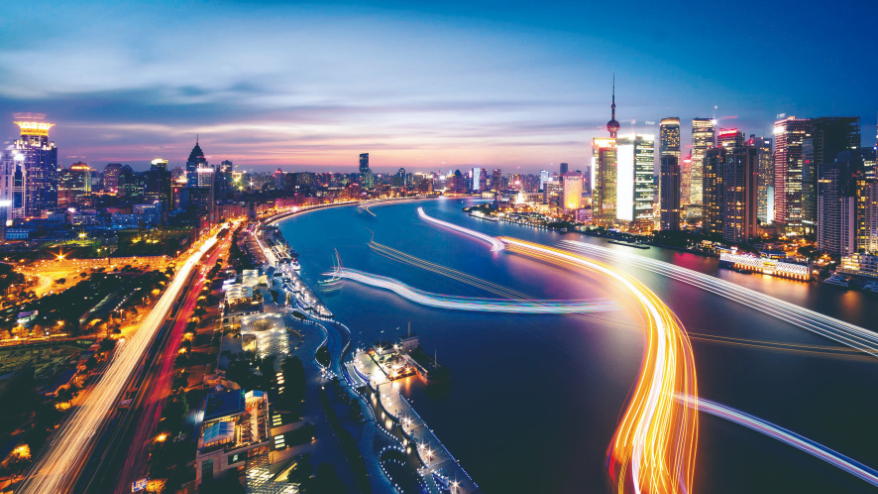
Shanghai: A Metropolis Where History Meets Modern Glamour
When one thinks of China, countless images arise: an ancient civilisation steeped in beauty and tradition, vibrant megacities adorned with towering skyscrapers, and culinary wonders ranging from street snacks to haute cuisine. Shanghai brings all these elements together with effortless style, shining as a thriving global metropolis.
The classical Yuyuan Garden, nestled in the old urban area, enchants visitors with its pavilions, bridges and winding corridors. A trip up the Oriental Pearl Tower offers a dazzling view of the city skyline, especially as evening lights sweep across the horizon. Along the Bund, historic buildings in a variety of architectural styles stand as reminders of Shanghai’s golden past. From the viewing deck of Shanghai Tower or aboard a night cruise on the Huangpu River, visitors can admire a tale of two shores—heritage-rich Bund on one side, ultramodern Pudong on the other.
At the Shanghai Museum East and China Art Museum in Pudong, ancient masterpieces converse with contemporary creations. In cultural hubs like Xintiandi and Columbia Circle, historical stone-gate houses and restored buildings now pulse with new life as centres of art, commerce and creativity.
Just outside the city lies Zhujiajiao Village, a thousand-year-old watertown, where Ming- and Qing-era architecture lines misty canals, evoking the gentle poetry of Jiangnan.
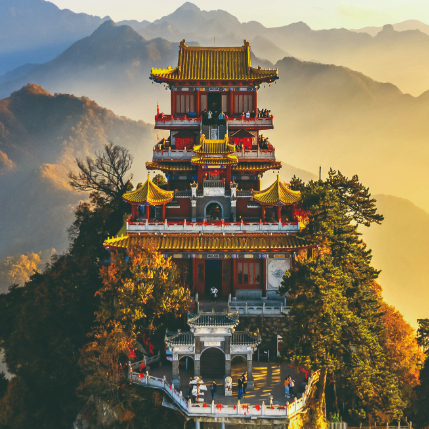
Shaanxi: Cradle of Chinese Civilization and Gateway of the Silk Road
Shaanxi is the starting point of the ancient Silk Road and the homeland of the Terracotta Warriors. Fourteen imperial dynasties in Chinese history established their capitals here, leaving an enduring influence on Chinese civilization. The province is home to more than 70 imperial mausoleums, the most famous of which is the Mausoleum of the First Qin Emperor.
Constructed between 246 BC and 208 BC, the mausoleum complex was modeled after the Qin capital of Xianyang, consisting of an inner and outer city. The inner city perimeter measures about 2.5 kilometers, while the outer city spans approximately 6.3 kilometers. In 1987, the Terracotta Army was inscribed on the UNESCO World Heritage List.
The Giant Wild Goose Pagoda was built in the 8th century to house Buddhist scriptures and statues brought back from India by the monk Xuanzang along the Silk Road. Also known as the Pagoda of the Da Ci’en Temple, this seven-story square brick tower is the earliest and largest surviving Tang-style brick pagoda in China. It was added to the UNESCO World Heritage List in 2014.
Located at the foot of the Giant Wild Goose Pagoda, the Great Tang All Day Mall pedestrian street is now a premier destination for experiencing Tang culture and has become a new landmark of tourism in Xi’an.
The Xi’an City Wall was first constructed in 582 and later expanded and rebuilt during the Ming Dynasty on the foundations of the Tang imperial city. With a perimeter of 13.74 kilometers, it is the oldest, largest, and best-preserved ancient city wall in China. Qianling Mausoleum, the joint burial site of Emperor Gaozong (Li Zhi) and Empress Wu Zetian—China’s only female monarch—is the most architecturally complete and culturally significant of Shaanxi’s “Eighteen Tang Mausoleums.”
Xi’an Drum Music, also known as Chang’an Ancient Music, is one of the most complete forms of large-scale folk music preserved in China today. As a living relic of ancient Chinese traditional music, it is hailed by the international music and historical communities as a “living fossil of ancient Chinese music.” In 2009, it was inscribed on UNESCO’s Representative List of the Intangible Cultural Heritage of Humanity.
Suide stone carving is a craft in which artisans use traditional tools to hand-carve stone according to its natural characteristics. The technique has a history of more than 2,000 years.
Chenlu Town, located at the junction of the Loess Plateau and the Guanzhong Plain in Tongchuan, takes its name from the many pottery kilns found there. It is the only surviving site of the historic Yaoxian Kilns since the Song and Yuan dynasties. For more than 1,000 years, its kilns have burned continuously, creating the dramatic nightscape of “a mountain of glowing furnaces.”
Mount Hua is known for its perilous terrain. Historically, there was only one narrow path up the mountain, with stairways approaching a 90-degree incline that require both hands and feet to climb. The “Plank Walk in the Sky” and the “Crest Turning Step” are among its most famous and thrilling attractions.
Hukou Waterfall on the Yellow River is China’s second-largest waterfall and the only golden cascade on the Yellow River. Here, the river surges fiercely through a narrow gorge, creating the spectacular sight described as “a thousand miles of Yellow River pouring into a single pot,” giving the waterfall its name.
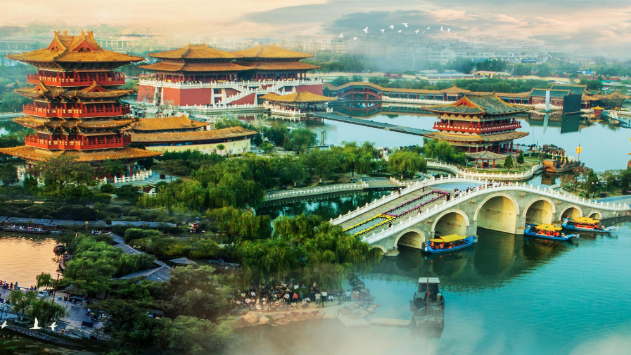
Henan: Walk Through History, Trace Civilisation, Understand China
Located in the central plains along the middle and lower reaches of the Yellow River, Henan has served as China’s political, economic and cultural heartland for three millennia.
Since the 21st century BC, more than twenty dynasties and two hundred monarchs have ruled here. Four of China’s eight ancient capitals—Luoyang, Kaifeng, Anyang and Zhengzhou—stand in this province. World Heritage sites such as the Longmen Grottoes, Yinxu Ruins, the “Centre of Heaven and Earth” Historic Monuments, the Silk Roads and Grand Canal have roots here. Three of China’s four great ancient inventions—gunpowder, movable-type printing and the compass—as well as papermaking have deep connections to Henan.
This land has nurtured countless historical figures: philosophers like Laozi and Zhuangzi, statesmen like Shang Yang and Zhang Liang, poets and artists such as Du Fu and Wu Daozi, scientists like Zhang Heng and Zhang Zhongjing, and legendary heroes including Yue Fei and Mulan.
Here, powerful Shaolin Kung Fu and graceful Taichi have spread worldwide, while Henan’s folk culture shines with opera, acrobatics, Tang tri-coloured wares, Jun porcelain and woodblock prints. Its landscapes range from the majestic mountains of the north to the gentle scenery of the south, creating a living scroll of natural beauty.
Modern Henan is vibrant and creative, where traditional heritage meets contemporary flair. It is becoming a favourite destination for culture-seekers and trend-spotters alike.
Today, Henan is building the cultural tourism brand “Travel in Henan · Understand China”, aiming to grow into a global cultural tourism centre. Ancient yet full of vitality, Henan warmly welcomes travellers from around the world to explore its history, appreciate its culture and discover the spirit of China.
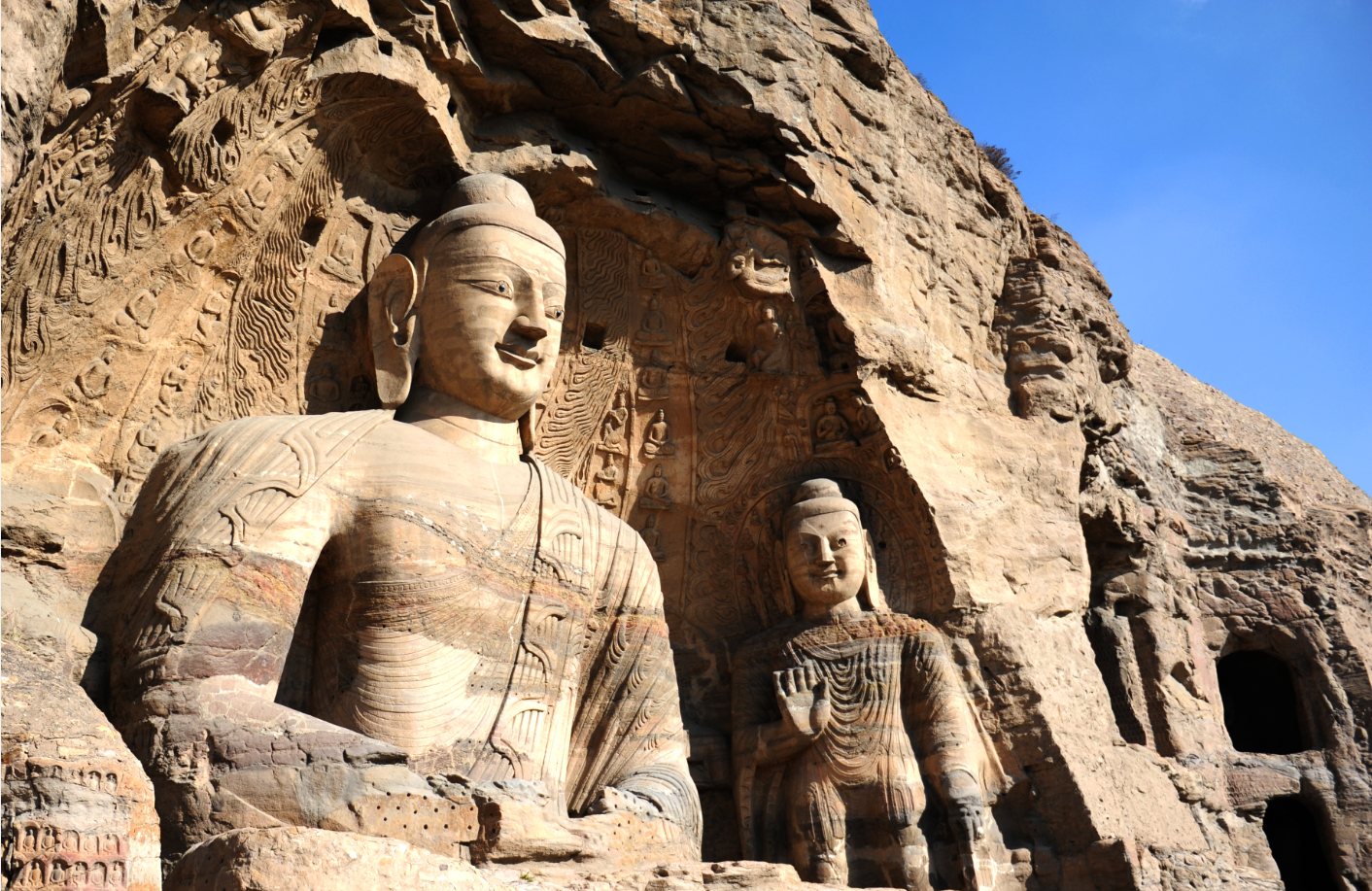
Shanxi: Unveiling the Treasures of Ancient Chinese Architecture
Rooted in the cradle of Chinese civilisation, Shanxi offers visitors a rich tapestry of historical wonders and dramatic natural landscapes.
The province boasts three UNESCO World Heritage Sites. Pingyao Ancient City, a masterpiece of Ming and Qing urban planning, preserves centuries of mercantile glory within its formidable walls. Mount Wutai, famed for its “cool and pure” serenity, is a revered retreat of temples and mountain mists. The Yungang Grottoes astonish with their monumental sculptures, reflecting the refined artistry of ancient China.
Nature here is both rugged and graceful. At Hukou Waterfall, the Yellow River thunders into a grand golden cascade. Fragmented stretches of the Great Wall run along the commanding ridges of the Taihang Mountains. The Hanging Temple clings dramatically to the cliffs of Mount Heng, while the wooden pagoda of Yingxian—China’s oldest and tallest wooden tower—stands proud after nearly a thousand years. The spectacular Wanlong Ice Cave in Ningwu remains frozen all year round, a magical contrast to the changing seasons outside.
Known as a “treasure house of ancient Chinese architecture”, Shanxi preserves an astonishing wealth of historic buildings. Strolling through its landscapes feels like stepping through a three-dimensional chronicle of Chinese history. With its refreshing climate and pristine environment, Shanxi has also blossomed into a haven for wellness and leisure travel. Cultural heritage thrives in its traditional crafts, while innovative immersive shows like Encore Pingyao bring the past vividly to life.
Shanxi today blends tradition with modern vitality, offering travellers both cultural depth and natural splendour—a journey that speaks to the soul.

Hubei: Encounter China’s Landscape and Civilisation in the Heart of Jingchu
Hubei stands as one of China’s great provinces—economically dynamic, scientifically innovative, culturally rich and ecologically blessed. It offers world-class cultural and natural attractions beloved by international visitors.
Hubei is a vibrant landscape painting: mighty rivers and deep lakes, splendours of mountains and forests, the serene reservoir above the Three Gorges Dam, the Daoist harmony of Wudang Mountains, the towering ridges of Shennongjia, and the dramatic cliffs of the Enshi Grand Canyon. Cherry blossoms in spring, lotus in summer, osmanthus fragrance in autumn and plum blossoms in winter—Hubei is beautiful all year round.
It is also a profound book of history. As a birthplace of Yangtze civilisation, cradle of Chu culture and hub of Three Kingdoms heritage, Hubei has inspired countless legends—from Shennong the Divine Farmer to poet Qu Yuan and medical sage Li Shizhen. Stories such as Yu Boya and Zhong Ziqi’s friendship, Wang Zhaojun’s journey northward and the Three Kingdoms’ epic rivalries live on through the ages. The Yellow Crane Tower, Su Dongpo’s Red Cliff Rhapsody and Mao Zedong’s Swimming are enduring masterpieces that echo across centuries.
Hubei’s cuisine tempts travellers with bold flavours—Wuchang fish, hot-dry noodles, spicy crayfish. Renowned teas like Enshi Yulu and Lichuan Red have been served at state banquets. From Han-style fashion and exquisite jewellery to medicinal treasures, Hubei’s craftsmanship dazzles. Its Optics Valley technology hub is known worldwide.
With high-speed rail connecting 80% of China’s major cities within four hours, river routes reaching the sea, air links spanning five continents and Asia’s only professional international cargo airport in Ezhou, Hubei is increasingly connected and globally oriented.
Hubei stands as one of China’s great provinces—economically dynamic, scientifically innovative, culturally rich and ecologically blessed. It offers world-class cultural and natural attractions beloved by international visitors.
Hubei is a vibrant landscape painting: mighty rivers and deep lakes, splendours of mountains and forests, the serene reservoir above the Three Gorges Dam, the Daoist harmony of Wudang Mountains, the towering ridges of Shennongjia, and the dramatic cliffs of the Enshi Grand Canyon. Cherry blossoms in spring, lotus in summer, osmanthus fragrance in autumn and plum blossoms in winter—Hubei is beautiful all year round.
It is also a profound book of history. As a birthplace of Yangtze civilisation, cradle of Chu culture and hub of Three Kingdoms heritage, Hubei has inspired countless legends—from Shennong the Divine Farmer to poet Qu Yuan and medical sage Li Shizhen. Stories such as Yu Boya and Zhong Ziqi’s friendship, Wang Zhaojun’s journey northward and the Three Kingdoms’ epic rivalries live on through the ages. The Yellow Crane Tower, Su Dongpo’s Red Cliff Rhapsody and Mao Zedong’s Swimming are enduring masterpieces that echo across centuries.
Hubei’s cuisine tempts travellers with bold flavours—Wuchang fish, hot-dry noodles, spicy crayfish. Renowned teas like Enshi Yulu and Lichuan Red have been served at state banquets. From Han-style fashion and exquisite jewellery to medicinal treasures, Hubei’s craftsmanship dazzles. Its Optics Valley technology hub is known worldwide.
With high-speed rail connecting 80% of China’s major cities within four hours, river routes reaching the sea, air links spanning five continents and Asia’s only professional international cargo airport in Ezhou, Hubei is increasingly connected and globally oriented.


